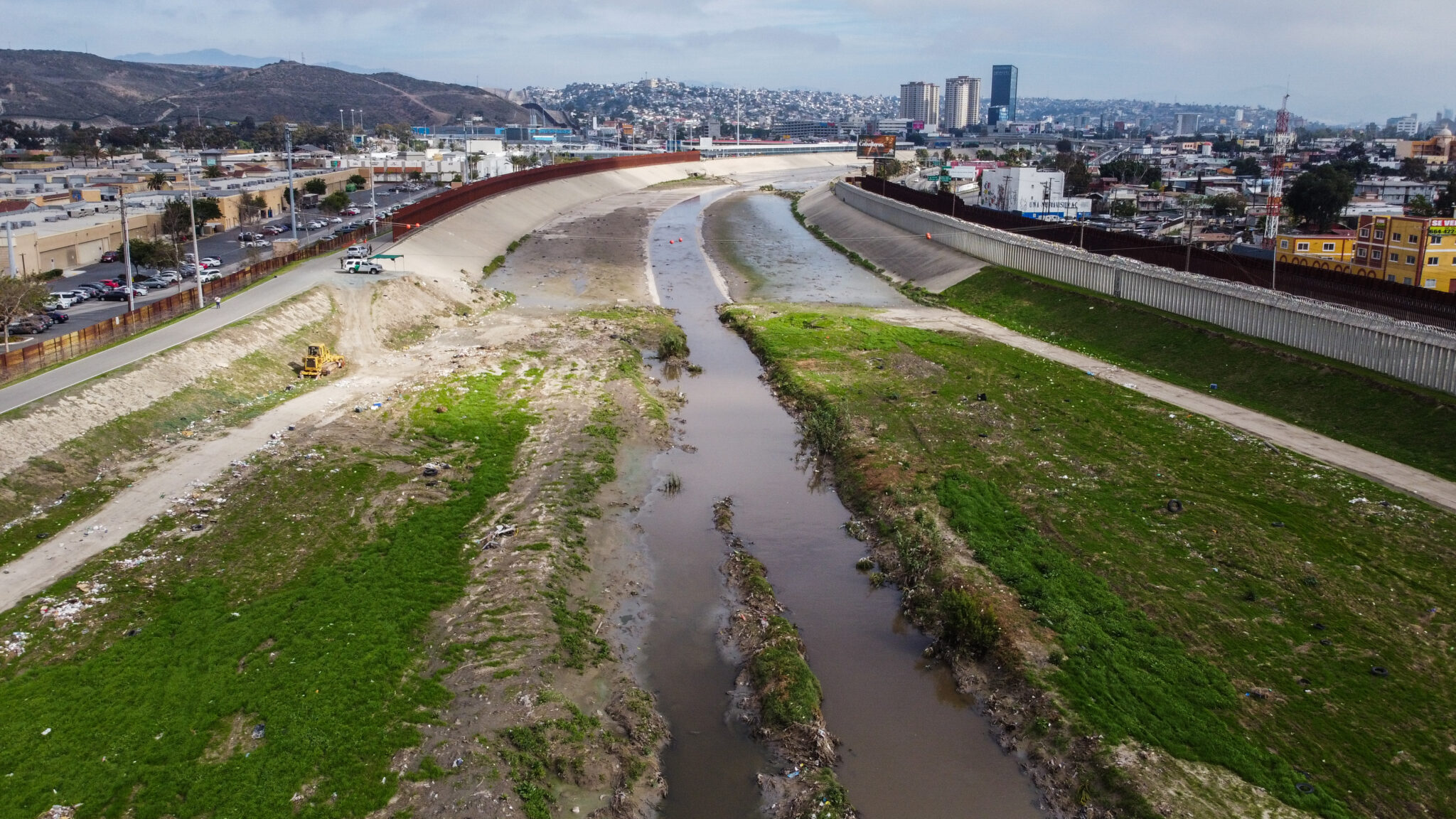San Diego is now dealing with a massive sewage spill that originated in Mexico. As a consequence, millions of gallons of raw sewage are making their way into the city through canyons that are located on the border. The event happened when a construction worker in Tijuana accidentally broke a pipeline. As a result, numerous pump stations that normally transport sewage away from the border and toward the ocean were forced to shut down as a result of the incident. As a direct consequence of this, wastewater was able to escape the collecting system and find its way into naturally occurring waterways such as canyons and or the Tijuana River.
Beach Closures Due to Potential Dangers to Health
Because of the pollution, numerous beaches in San Diego have had to be closed. The Department of Environmental Health for the county has provided a list of numerous important closures that have been imposed as a result of the sewage leak. For the time being, the shorelines of Imperial Beach & Silver Strand have been blocked due to the presence of germs at levels that are considered unsafe by health officials. There are a number of additional shorelines in the region that are accessible, although an advisory has been issued due to the presence of germs. People in this region are being warned to stay away from the water and avoid getting their hands wet.
Issues Raised By The Mayor
Paloma Aguirre, the mayor of Imperial Beach, has voiced her worry about the pollution that comes from Tijuana and has referred to it as an environmental injustice. She places a high value on eliminating pollution as one of her primary goals.
Attempts Being Made to Reduce the Effects of the Oil Spill
The present leak is mostly focused in Smuggler’s Gulch & Goat Canyon, both of which have concrete collection basins that are being utilized to reroute at least some of the flow toward an international treatment facility for wastewater that is located on the border. On a typical day, the wastewater treatment plant in South Bay handles around 25 million gallons of sewage. Nevertheless, in order to lessen the effects of the leak, the facility is currently treating an additional 10 million gallons per day.
It is expected that it will take the authorities in Mexico several days to construct a temporary bypass conduit in order to restore the flow of sewage to their wastewater treatment facility. At the very least, another week is going to be needed to fix the pipeline that was damaged. Nevertheless, industry experts warn that this will not be enough to properly solve the pollution that originates from the outdated San Antonio de Los Buenos wastewater plant in Punta Bandera, which is situated 9 kilometers south of the border close to Tijuana.
Plan of the EPA
The Environmental Protection Agency (EPA) of the United States has devised a strategy that will cost $630 million to combat the sewage pollution that comes from Mexico. This plan calls for the expansion of the international wastewater treatment facility that is located in San Diego, and it is possible that work on associated projects may get underway within the next three years. However, the agency warns that it will be hard to totally stop the torrent of urban runoff that is induced by heavy rains and that Tijuana has to make considerable expenditures in modernizing its infrastructure in order to prevent this from happening.
The Issue Persisted For Many Years
At the very least since the 1930s, San Diego has had to contend with untreated sewage coming from Tijuana and making its way across the border. Even though the 1990s saw some reduction in the problem, Tijuana’s plumbing infrastructure is still having trouble keeping up with the city’s rapid population increase. When a vital pair of sewer pipes that were located at the top of a canyon that flows into San Diego broke in half in August, authorities from the United States were forced to lend equipment to their counterparts in Mexico. When it occurred, the issue could be traced back to another instance of human mistake. Just one of those lines has been repaired so far, which implies that the majority of Tijuana’s ability to divert sewage from the United States depends on whether or not that one pipe continues to work.
Conclusion
The city of San Diego is coping with a significant sewage flow that originated in Mexico, which has caused the closure of several of its beaches. Although certain actions are being made to reduce the effect of the leak, experts warn that additional large expenditures are needed to improve Tijuana’s infrastructure. The Environmental Protection Agency (EPA) has a plan that will cost $630 million to deal with the sewage pollution that is coming from Mexico, but it will be hard to totally control urban runoff that is produced by heavy rains.
Free Speech and Alternative Media are under attack by the Deep State. Real News Cast needs reader support to survive. Please Contribute via GoGetFunding



